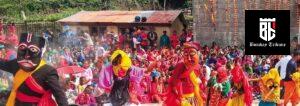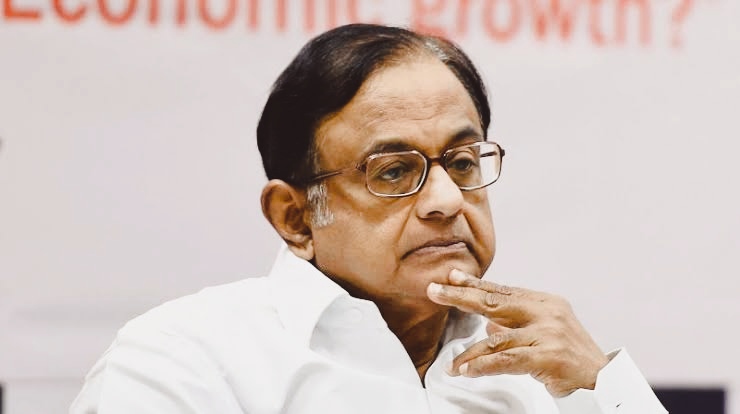Shivam Uniyal (Dehradun) Every year an exotic form of open theater called Ramman Dance is staged in Saloor village at Joshimath in Chamoli district in the month of April. The village priest announces the date for the Ramman festival which generally falls on the ninth or the eleventh day after Baisakh.
In this festival, verses from Ramayana are sung with a mute stage performance. It depicts the stories of Ramayana, the hardships of villagers through Myor-Muren Nritya and even the historical battle between Gorkha of Nepal and Garhwalis ( Maal Nritya ) . 18 masks, 18 clash cymbals ( taal ), one dozen drums ( dhol and damau ) and eight trumpets ( bhankore ) are used in the performance and amid chanting of Jagar, a garhwali folk song that is sung to invoke their guardian deities Bhumyal Devta and Nar Singh Devta.

Though it has fascinated people from all across India and abroad because of its exotic form of mask dance, it is an endangered cultural heritage. Ramman dance was performed in Indira Gandhi National Centre for Arts in 2008 and later it was added in UNESCO’s Representative List of the Intangible Cultural Heritage of Humanity in 2009. The festival is organized by villagers where people of every caste and the occupational group have distinct roles.
The native of Saloon village and president of the Ramman organizing committee, Mr. Kushal Bhandari said, “ Every year people of this village including elders, women, and younger generation are nurturing this heritage ( Ramman ) of their village.”

The native of Saloon village and president of the Ramman organizing committee, Mr. Kushal Bhandari said, “ Every year people of this village including elders, women, and younger generation are nurturing this heritage ( Ramman ) of their village.”
“ The entire dance is based on the beats of Dhol therefore the skills of playing Dhol have to be transferred to the new generation.
Besides, Ramman Dance should be taught in schools through stage practices in order to conserve the cultural heritage of Uttarakhand,” said Dr. D.R. Purohit, a prominent figure of folk theater.
In a similar vein, Sanjay Chauhan, a journalist said, “Ramman is a festival which has played an imperative role to connect the new generation with their cultural roots.
After it was declared UNESCO World Cultural Heritage the platform where it was staged earlier is now made broader having the capacity to bear an audience of thousands of people. The temple in the village was also renovated after that.” He emphasized that government, NGOs, and the people of Uttarakhand should come together to save this cultural heritage of their ancestors.
Shivam Uniyal
Special Correspondent, Dehradun
mail@bombaytribune.com
Click here to join our official Facebook page (@BombayTribune) and stay updated with the latest headlines.





